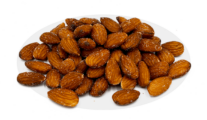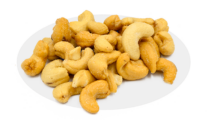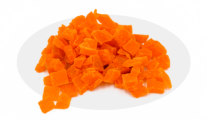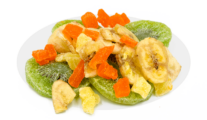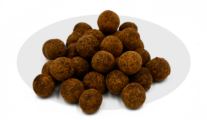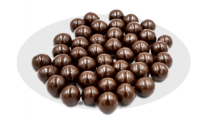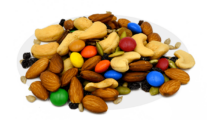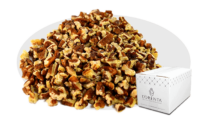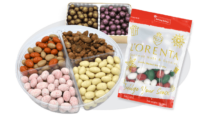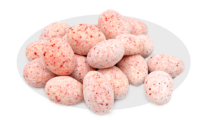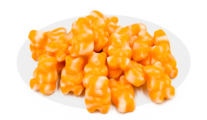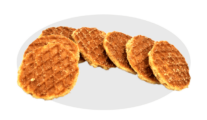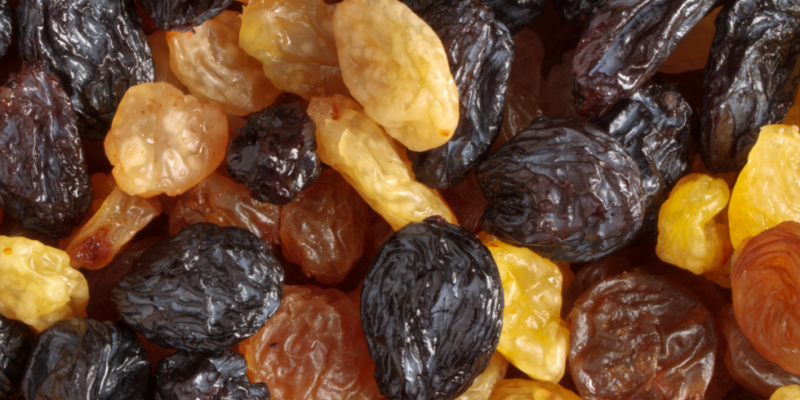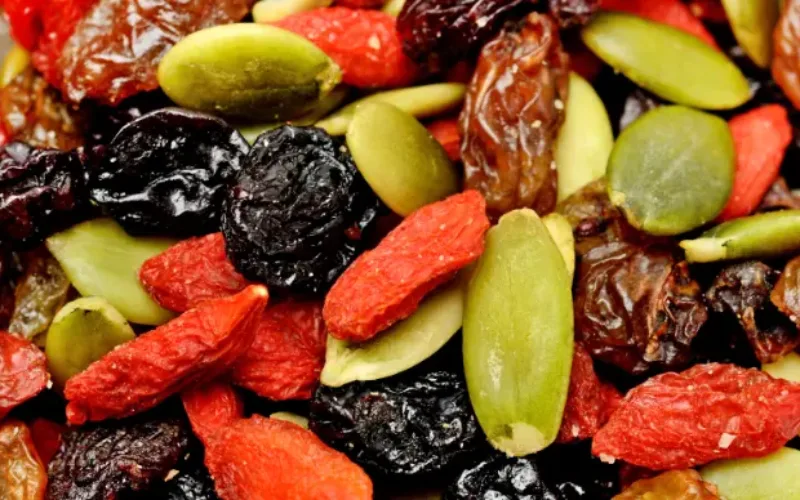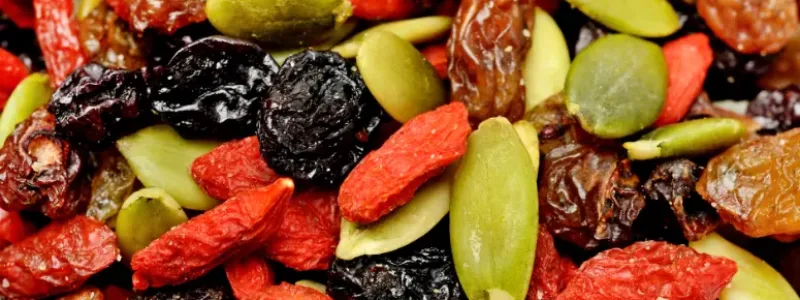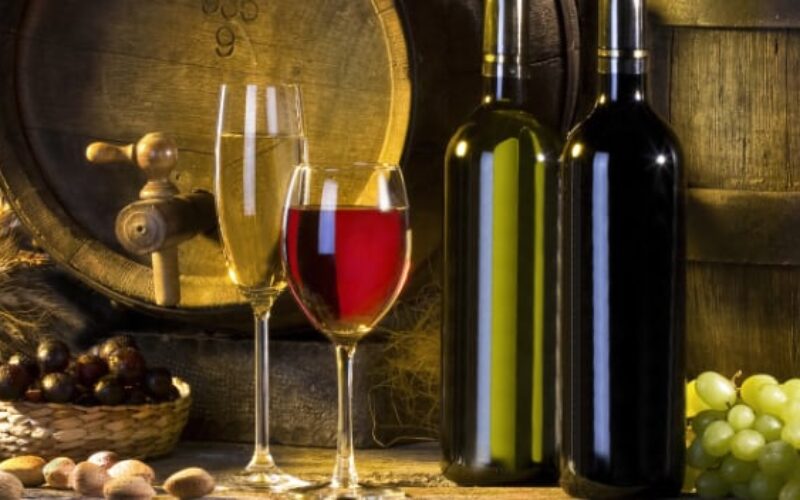Written By Sam Henselijn
Raisin has become a staple pantry item for many people all around the world. In fact, it is the single most popular dried fruit anywhere. Read more about our delectable raisin products.
Sweet and delicious, raisin is fantastic when eaten by themselves as a snack. They can also be used as an ingredient in a wide range of culinary recipes. They are in cereals and trail mixes, muffins, cakes, cookies… You can even sprinkle a few in your salad. The list just goes on and on.
History of Raisin
Most likely, the technique of drying fruit was discovered by accident. Many historians believe our ancestors came upon fallen fruit, which had naturally dried in the sun, and upon tasting them, discovered they were edible – and delicious.
As far as common knowledge goes, it is documented that grapes
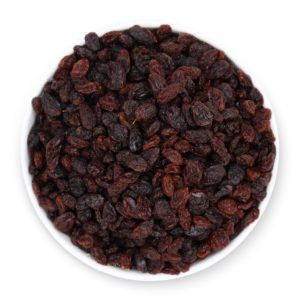
have been sun-dried into raisins from as early as 1490 B.C. Hundreds of years went by until humans were able to determine which variety of grape would make the best raisin.
Early Greeks and Romans went as far as to adorn places of worship with raisins. Their value increased so expressively they were awarded as prizes in sporting events.
Documentation of raisin production was even found in the writings of ancient Egyptians and Persians. In fact, dried grapes are also mentioned in the Bible. David was presented with “a hundred clusters of raisins” (1 Samuel 25:18), probably sometime between 1110–1070 BC.
Thousands of years later, during the Crusades, trade between Europe and the East reinforced their value. In the 14th century, raisins were an incredibly popular luxury food in England.
Raisin Consumption Around the World
At present, Turkey is the leading producer of dried grapes in the world – including raisins, currants and sultanas. The United States comes in number 2, with the industry being located entirely in California.
In parallel, the largest per capita consumption was observed in the UK (1.5 tons per 1,000 people), Germany (831 kg per 1,000 people) and Japan (825 kg per 1,000 people).
Different types of raisins
Despite their worldwide popularity, not many people are aware of the types of raisins that exist in the world.
The most widely available varieties of raisins in the global market are black raisins, currants and sultanas. But do you know their difference?
Black raisins are perhaps the most common type of raisins generally used in most households. They can be produced from grapes of any skin color. Their dark hue is due to higher heat and direct sunlight.
Currants are smaller and decidedly less sweet in comparison to black raisins. Their slight tartness comes from Black Corinth grapes, which are seedless and dark in color.
Named after a Turkish green grape, sultanas generally indicate dark brown or reddish-amber raisins made from Thompson Seedless grapes. They’re sometimes also called “Golden Raisins”.


Our Raisins
Looking for the best raisins out there? We’ve got you!
Anyone in the market for a healthy and delicious on-the-go snack should try our yogurt covered raisins. A sweet plump raisin is covered with vanilla yogurt, which makes for a fantastic combination.
Another perfect snack, these milk chocolate raisins are a popular treat among both children and adults. Who doesn’t love chocolate?
For everyday use and general consumption, try our seedless raisins and golden raisins. Packed with antioxidants and vitamins, they are the perfect addition to your morning cereal, trail mixes, homemade treats and so much more!
Interesting Facts About Raisins
-The word “raisin” comes from the Latin word “racemes”, meaning a cluster of grapes.
-It is believed Christopher Columbus brought raisins aboard his ships upon discovering their longevity.
-April 30th is “National Raisin Day”.
-The finest raisins come from Malaga in Spain.
-It takes up to four tons of grapes to produce one ton of raisins.
-Raisins have varied shades. Green, black, blue, purple or yellow depending on what kind of grape is used.
-Fresno, California is the “Raisin Capital of the World”.
The Health Benefits of Raisins
The drying process in the making of raisins concentrates all nutrients and sugars present in grapes, resulting in a nutrient and calorie-dense snack.
Raisins can add a range of nutrients to your diet, being a good source of iron, copper, potassium, manganese and vitamin B6.
Adding them to your diet can have some potential health benefits. Studies show that raisins can lower the risk of heart disease by reducing blood pressure and blood sugar.
They also have higher levels of antioxidants
compared to most dried fruits. The drying process preserves these antioxidants, promoting greater activity than even in fresh grapes.
All this makes raisins a fabulous option for anyone conscious of their health and general well-being.
Sam Henselijn Author’s Biography – Meet L’Orenta Nuts CEO
Copyright 2024 L’Orenta Nuts
L’Orenta Nuts proudly holds the SQF food safety certification, symbolizing our unwavering dedication to upholding the highest standards of food safety and quality. This certification guarantees that our products undergo rigorous scrutiny, ensuring transparency, traceability, and adherence to global food safety regulations for the utmost consumer confidence.
L’Orenta Nuts has the HACCP (Hazard Analysis and Critical Control Points) certification is a systematic approach to identifying, evaluating, and controlling food safety hazards. It ensures that food products are produced and handled in a manner that minimizes risks and complies with safety standards.
Our GMP (Good Manufacturing Practices) certification ensures that a manufacturing facility adheres to comprehensive quality and safety standards while producing pharmaceuticals, food, and other consumer goods, promoting consistency, quality, and compliance with regulatory requirements.
L’Orenta is an FDA-approved manufacturing facility and has met the rigorous standards set by the U.S. Food and Drug Administration. It demonstrates compliance with regulations, ensuring the production of safe and high-quality food products.


